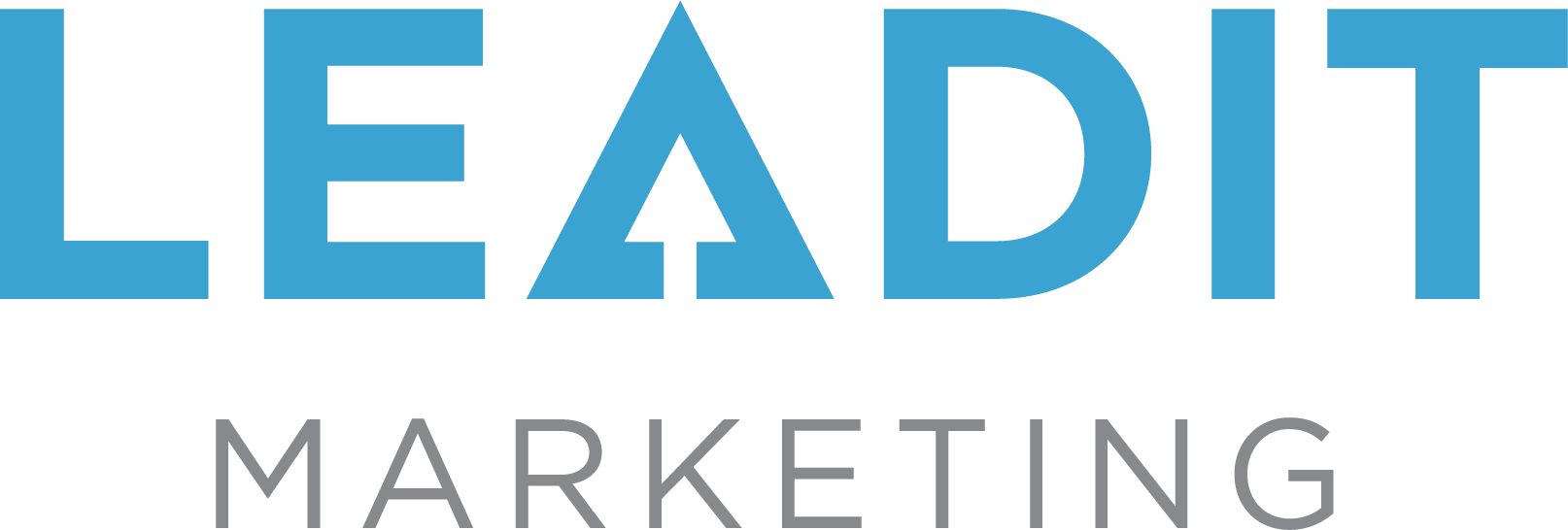
3 Steps to Set Your Lead Nurture Goals
One of the most basic yet often-ignored truths within marketing is to experience success, it’s necessary to define what success means to you, your organization. In short, a successful marketing plan requires setting goals. This becomes particularly important when considering a lead nurturing strategy. Due to the personalized and adaptive nature of lead nurturing as well as the fact it takes place across multiple channels, it is very easy to go off-track and lose control if you are not focused on specific, previously outlined goals. How do we set these goals? Well, this process can actually be broken down into three simple questions.
What is my current lead management process like?
“If you do not know where you come from, then you don’t know where you are, and if you don’t know where you are, then you don’t know where you’re going.” This may sound cliched, but it rings true here. It is important to develop a clear picture of your current lead management process, and to do so it’s advisable to include your sales personnel as well as your marketing team in order to obtain an accurate overview of the situation. The first questions will focus directly on leads – how many leads are generated monthly and where do they come from? The answers to these questions will help you decide how many segments need to be created and when you should communicate with each. While direct feedback from sales and marketing is definitely part of this process, running a report within your marketing automation solution will provide you with the most accurate data. The next step is to take note of the diversity of products or services you offer. The number of tracks in your lead nurturing program, offer strategy, and type of messaging, will rely on this information. The differences in key audience groups will also affect the need for distinct messaging and separate nurture tracks. Perhaps most critical, however, is recognizing what percentages of leads are ‘warm’ (sales ready) when they enter your database, allowing you to measure your ROI.
What do I hope to achieve from my improved lead management?
Now that you know what your current process looks like, it’s time to decide what improvements you hope to accomplish. These should include both desired business outcomes as well as quantitative goals which you can measure. The former can include such goals as moving leads through the sales funnel at an accelerated pace, collecting more information from inbound leads, building trust among existing leads, and turning dormant leads into active ones. Meanwhile, quantitative goals help you define success of hard numbers that need no interpretation. These can include increasing the number of sales-ready leads per month to a specific number, reducing the number of leads rejected by sales to X% and increasing upsell numbers by X%. This will help decide the scale of your program and give greater purpose and ability to track your progress.
How do I start?
This is often the most daunting part of any program. The common wisdom here is to start simply and, using a phased approach, gradually ramp up your lead nurturing strategy. By starting small, you will be able to launch more quickly and soon see a return on your investment even if it is minimal at first. At the same time, in this way you mitigate risk when faced with techniques that don’t work as you had hoped. You’ll avoid big losses and be able to adjust your plan without experiencing disastrous results.
By setting goals in a logical and well-informed manner, you will greatly increase the likelihood that your new lead nurturing program is executed smoothly and results in excellent ROI. Advice from an experienced marketing consultant will quickly get you on the right track and on the way to converting more leads than you ever imagined!










